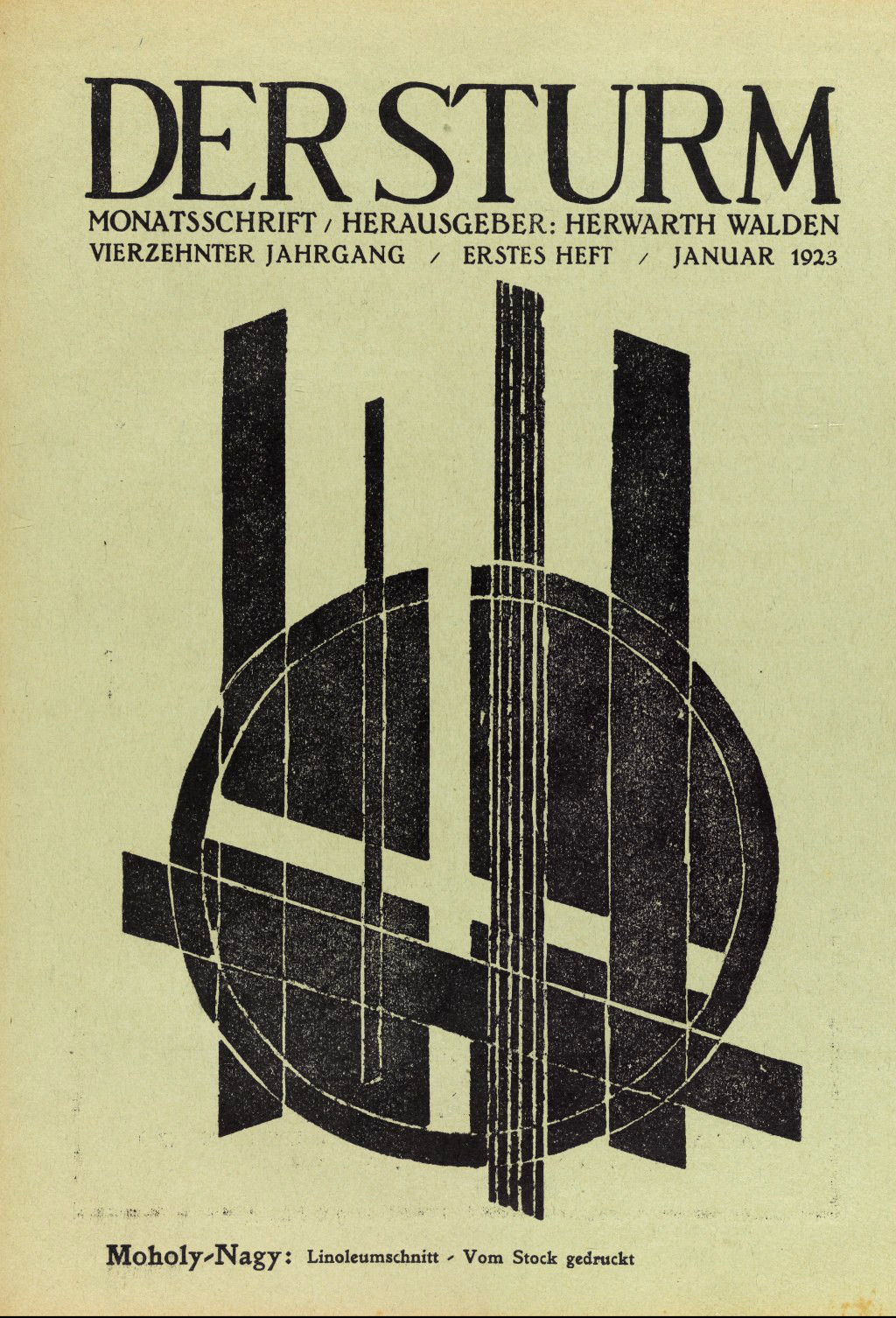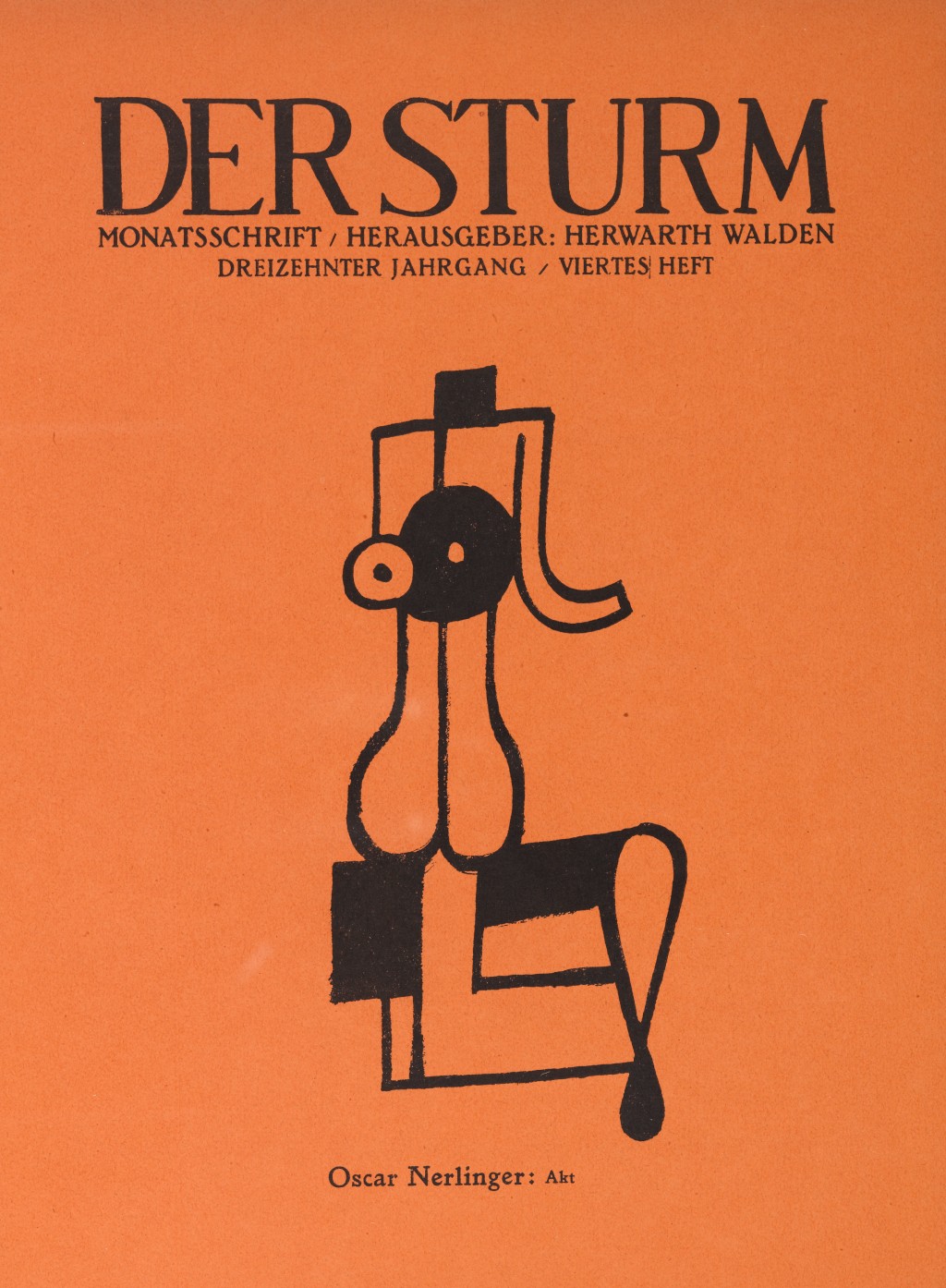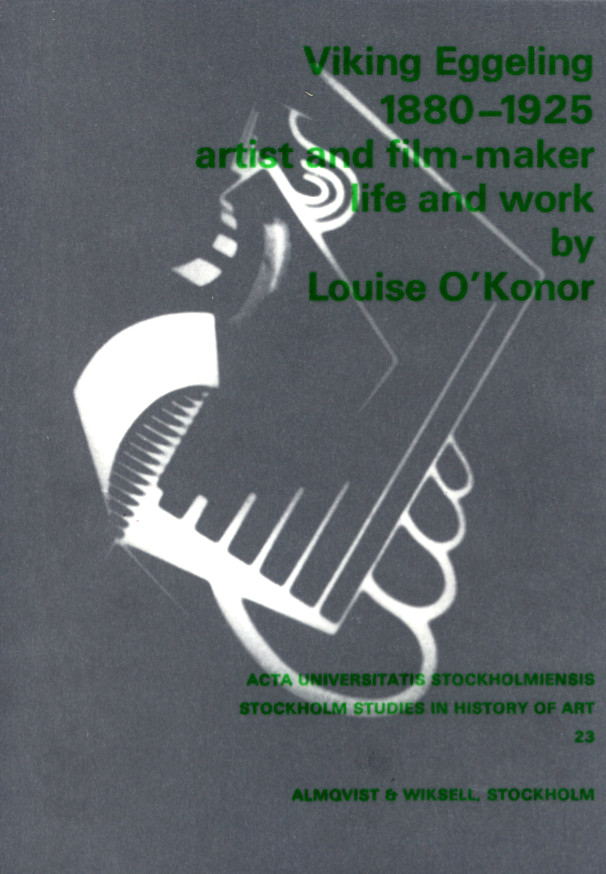Der Sturm (1910–1932) [German]
Filed under magazine | Tags: · abstract art, art, art criticism, art theory, avant-garde, constructivism, cubism, expressionism



Der Sturm [The Storm] was a magazine covering the expressionism movement founded in Berlin in 1910 by Herwarth Walden. It ran weekly until monthly in 1914, and became a quarterly in 1924 until it ceased publication in 1932.
Among the literary contributors were Peter Altenberg, Max Brod, Richard Dehmel, Alfred Döblin, Anatole France, Knut Hamsun, Arno Holz, Karl Kraus, Selma Lagerlöf, Adolf Loos, Heinrich Mann, Paul Scheerbart, and René Schickele. Der Sturm consisted of pieces such as expressionistic dramas (i.e. from Hermann Essig and August Stramm), artistic portfolios (Oskar Kokoschka), essays from artists (the Kandinsky Album), and theoretical writings on art from Herwarth Walden. The term Sturm was branded by Walden to represent the way in which modern art was penetrating Germany at the time. (from Wikipedia)
View online (all 336 issues with a full-text search, at the Princeton University’s Blue Mountain Project)
Comment (0)Louise O’Konor: Viking Eggeling, 1880-1925: Artist and Film-maker: Life and Work (1971)
Filed under book | Tags: · abstract art, abstract cinema, art, art history, biography, dada, experimental film, film, visual music

Louise O’Konor’s book is the first biography of Viking Eggeling, a Swedish avant-garde artist and filmmaker connected to dada, constructivism and abstract art and one of the pioneers of absolute film and visual music. The book is a result of 12 years of research in public and private archives in Europe and in the USA, and is a significant contribution to the history of dada and early abstract, animated film.
Translated by Catherine G. Sundström and Anne Bibby
Publisher Almqvist & Wiksell, Stockholm, 1971
299 pages
via DiVA Academic Archive
PDF (165 MB, updated on 2013-12-8)
Watch Eggeling’s Diagonale Symphonie (1924) on UbuWeb
Sybil Gordon Kantor: Alfred H. Barr, Jr. and the Intellectual Origins of the Museum of Modern Art (2003)
Filed under book | Tags: · 1920s, 1930s, 1940s, abstract art, art, art history, biography, cubism, museum

“Growing up with the twentieth century, Alfred Barr (1902-1981), founding director of the Museum of Modern Art, harnessed the cataclysm that was modernism. In this book—part intellectual biography, part institutional history—Sybil Gordon Kantor tells the story of the rise of modern art in America and of the man responsible for its triumph. Following the trajectory of Barr’s career from the 1920s through the 1940s, Kantor penetrates the myths, both positive and negative, that surround Barr and his achievements.
Barr fervently believed in an aesthetic based on the intrinsic traits of a work of art and the materials and techniques involved in its creation. Kantor shows how this formalist approach was expressed in the organizational structure of the multidepartmental museum itself, whose collections, exhibitions, and publications all expressed Barr’s vision. At the same time, she shows how Barr’s ability to reconcile classical objectivity and mythic irrationality allowed him to perceive modernism as an open-ended phenomenon that expanded beyond purist abstract modernism to include surrealist, nationalist, realist, and expressionist art.
Drawing on interviews with Barr’s contemporaries as well as on Barr’s extensive correspondence, Kantor also paints vivid portraits of, among others, Jere Abbott, Katherine Dreier, Henry-Russell Hitchcock, Philip Johnson, Lincoln Kirstein, Agnes Mongan, J. B. Neumann, and Paul Sachs.”
Publisher MIT Press, 2003
ISBN 0262611961, 9780262611961
472 pages
Review: Ralph A. Smith (J Aesthetic Education)
Comment (0)
